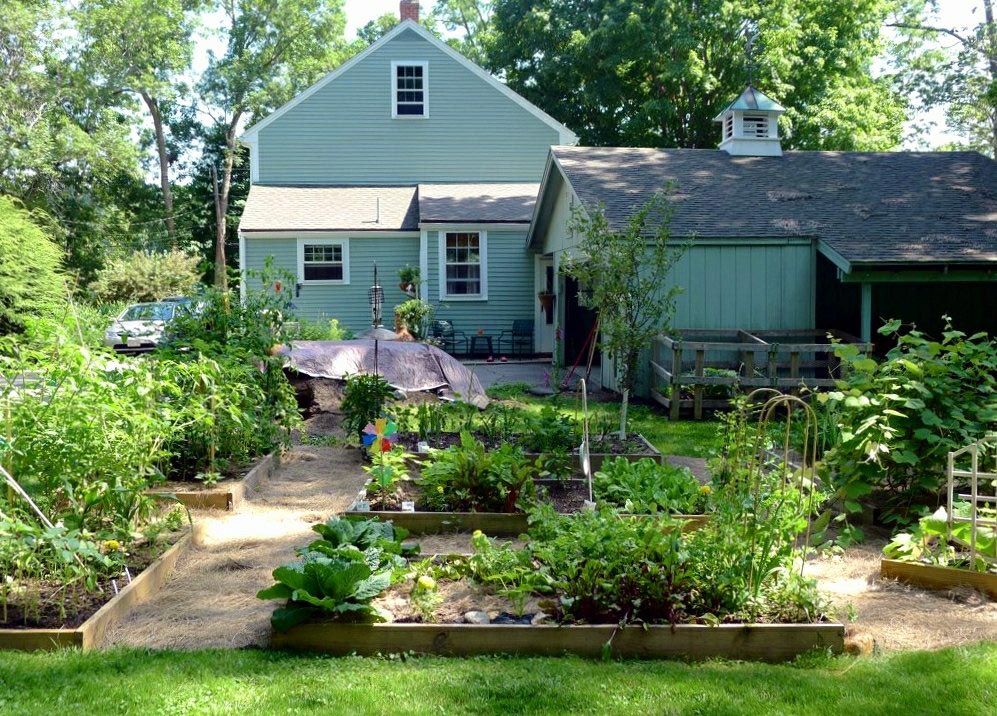In recent years, more people have been drawn to the concept of eco-friendly homestead practices. This shift is driven by a desire to live sustainably and reduce our environmental impact. By embracing these practices, individuals can create a lifestyle that is both rewarding and beneficial for the planet. Let’s dive into how you can make your homestead more eco-friendly.

Understanding Eco-Friendly Homesteading
Eco-friendly homesteading involves using resources efficiently and minimizing waste. It emphasizes living in harmony with nature. By adopting these methods, you can ensure that your homestead is a model of sustainability.
The Importance of Sustainable Living
Sustainable living is crucial for the health of our planet. Our current consumption patterns are depleting natural resources at an alarming rate. By implementing eco-friendly homestead practices, you can help conserve these resources for future generations.
Key Practices for an Eco-Friendly Homestead
1. Water Conservation
Water is a precious resource. Implementing rainwater harvesting systems can help you conserve water. Additionally, using drip irrigation in your garden can significantly reduce water waste.
2. Renewable Energy Sources
Utilizing renewable energy sources such as solar panels can greatly reduce your carbon footprint. This not only benefits the environment but can also lower your energy bills.
3. Organic Gardening
Growing your own food organically is a cornerstone of eco-friendly homesteading. Avoiding synthetic pesticides and fertilizers helps maintain soil health and supports biodiversity. Learn more about starting a homestead garden sustainably.
4. Composting
Composting is an excellent way to recycle kitchen scraps and yard waste. It enriches the soil and reduces the need for chemical fertilizers. Discover ways to start composting effectively at home.
5. Energy-Efficient Housing
Building or retrofitting your home to be energy-efficient can have a significant impact. Insulating your home properly and using energy-efficient appliances will reduce energy consumption.
6. Waste Reduction
Reducing waste is a fundamental aspect of eco-friendly living. This includes recycling, reusing materials, and minimizing single-use plastics. Learn more about waste reduction techniques.
The Benefits of Eco-Friendly Homesteading
Adopting eco-friendly homestead practices offers numerous benefits. It can lead to a healthier lifestyle and a deeper connection with nature. Additionally, it can be economically advantageous and provide a sense of community and purpose.
Improved Health and Well-being
By growing your own organic food and living in a cleaner environment, you can improve your health. Fresh, organic produce is not only nutritious but also free from harmful chemicals.
Economic Benefits
While some eco-friendly practices require an initial investment, they often lead to long-term savings. For example, solar panels and energy-efficient appliances can significantly reduce utility bills over time.
Community and Connection
Many people find that eco-friendly homesteading fosters a sense of community. Sharing resources and knowledge with neighbors can create a supportive network. For inspiration, check out backyard homesteading ideas.
Challenges and Considerations
Transitioning to an eco-friendly homestead may present challenges. It requires time, effort, and a willingness to learn. However, the rewards far outweigh the difficulties.
Time and Effort
Implementing sustainable practices can be time-consuming. It’s important to start small and gradually incorporate more eco-friendly methods into your lifestyle.
Learning Curve
There is a learning curve when it comes to new techniques and technologies. Engaging with experienced homesteaders can provide valuable insights and support.
Conclusion
By embracing eco-friendly homestead practices, you are investing in a sustainable future. These practices not only benefit the environment but also enhance your quality of life. Start your journey towards a greener homestead today.

FAQs
What is the first step to creating an eco-friendly homestead?
Start by assessing your current practices and identifying areas for improvement. Implement small changes, such as reducing waste and conserving water, to build momentum.
Can eco-friendly homesteading save money?
Yes, while there may be initial costs, many eco-friendly practices lead to long-term savings, such as reduced utility bills and lower food expenses.
Is it possible to homestead in an urban area?
Absolutely! Urban homesteading is becoming increasingly popular. It involves maximizing limited space and resources to live sustainably.





